
Copernical Team
NASA's Webb Scores Another Ringed World with New Image of Uranus
 The planet Uranus is an oddball in our solar system, tilted on its side as it orbits the sun, causing extreme seasons. While the planet's atmosphere appeared nearly featureless when visited by the Voyager 2 spacecraft in 1986, subsequent observations from the ground and in space have shown turbulent storms.
NASA's James Webb Space Telescope recently observed Uranus, and the resulting image
The planet Uranus is an oddball in our solar system, tilted on its side as it orbits the sun, causing extreme seasons. While the planet's atmosphere appeared nearly featureless when visited by the Voyager 2 spacecraft in 1986, subsequent observations from the ground and in space have shown turbulent storms.
NASA's James Webb Space Telescope recently observed Uranus, and the resulting image Europe’s biggest test chamber for space antennas takes shape
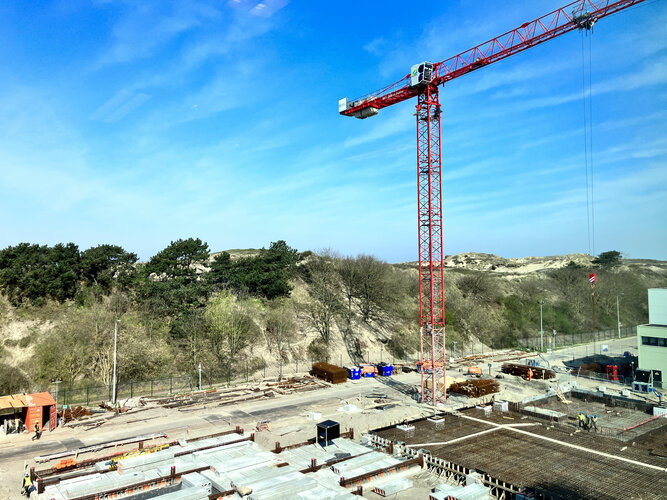
Antennas and radio frequency systems for space are growing larger and more powerful, so to keep pace ESA’s ground-based test facilities are scaling up too. A construction project underway beside the dunes of the North Sea marks the expansion of the ESTEC technical centre in the Netherlands with the addition of Europe’s largest antenna and radio-frequency payload test chamber – Hertz 2.0.
Jupiter’s radiation belts – and how to survive them
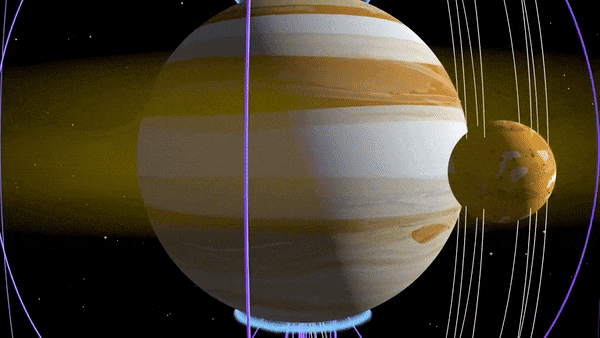
ESA’s Jupiter Icy Moons Explorer, Juice, is headed to the largest structure in the Solar System – not the gas giant itself but the mammoth magnetic field that it generates. Its exact size varies with the solar wind, but Jupiter’s magnetosphere is on average 20 million kilometres across, which is about 150 times wider than its parent planet and almost 15 times the diameter of the Sun. But within that field lurks a clear and present danger to space missions – intense belts of radiation much more energetic and intense than Earth’s own Van Allen belts.
Juice mission to Jupiter testing—down to the wire
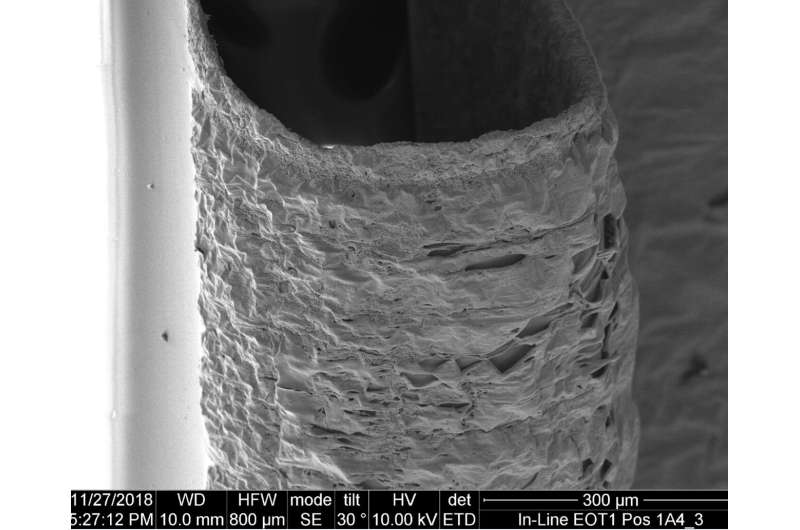
Preparing the Juice mission to Jupiter has involved testing for all kinds of contingencies, down to the smallest of scales. This microscopic view shows surface damage to a tiny silver interconnector after being exposed to erosive atomic oxygen known to be found surrounding Jupiter's moon Ganymede.
Due to launch on April 13 to begin an eight-year journey to the largest planet in the solar system, ESA's Jupiter Icy Moons Explorer, Juice, will spend three and a half years in the Jupiter system, and in the final phase of its exploration will go into orbit around the largest Jovian moon, Ganymede.
However, previous observations by the Hubble Space Telescope have revealed auroral glows around Ganymede due to the presence of 'atomic oxygen'—individual atoms of oxygen at the fringes of the moon's scanty atmosphere, the result of standard oxygen molecules being broken apart by the powerful radiation belts surrounding Jupiter.
ESA materials engineer Adrian Tighe explains, "Atomic oxygen is also experienced in Earth orbit, due to oxygen molecules being dissociated by ultraviolet radiation from the Sun, and all Earth-orbiting missions below about 1000 km altitude are designed to resist it.
Improving astronaut vision in long-haul space flights
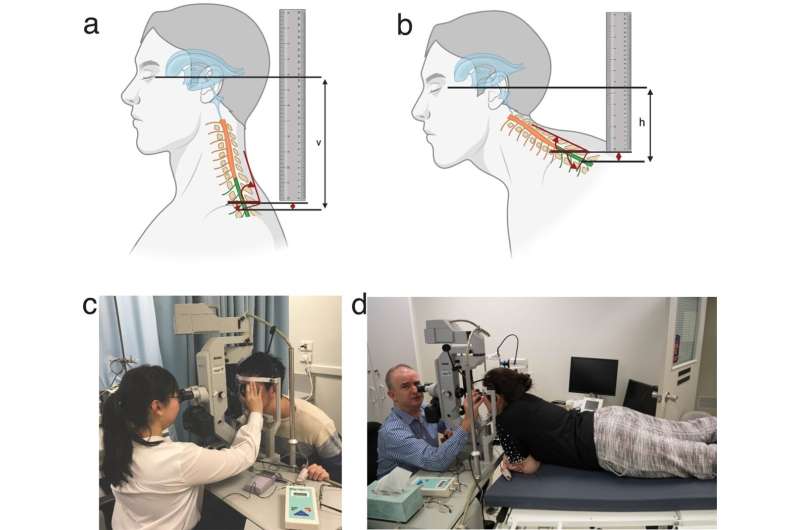
How Juice was made ready for Jupiter
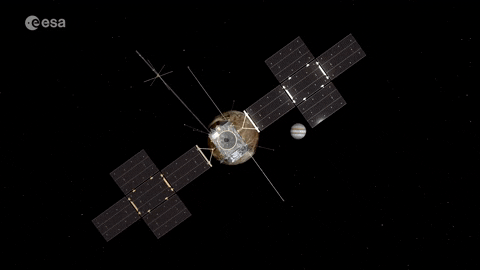
Deciding to go to Jupiter was the easy part: it’s by far the largest planet around the Sun, resembling a Solar System in its own right with its many moons, three of which may well be home to hidden oceans beneath their icy surfaces. Then came the practical question: how do we actually put together a mission to go there? It was here that ESA’s Directorate of Technology, Engineering and Quality lent its support to the Juice team, tackling numerous technical challenges that threatened to bar Europe’s way to the king of planets.
Juice testing – down to the wire
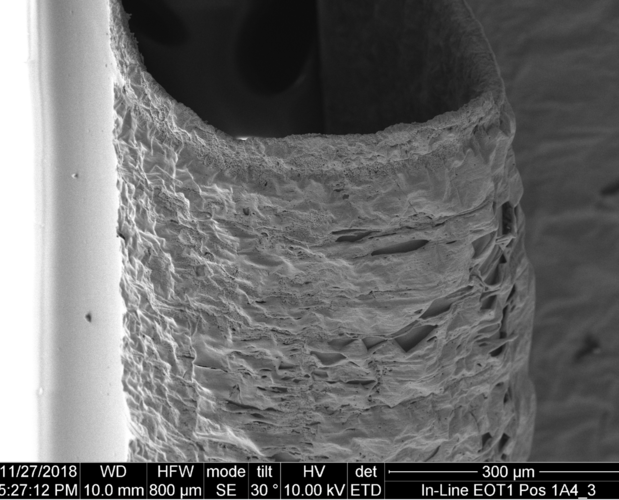 Image:
Juice testing – down to the wire
Image:
Juice testing – down to the wire Juice meets Ariane 5
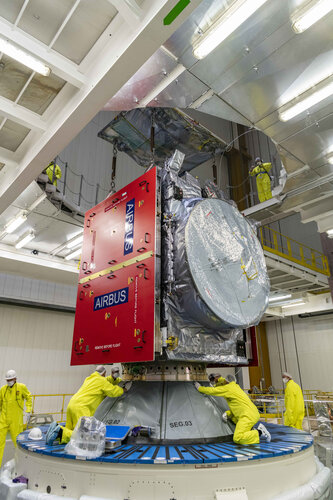
Over the past few days, Juice has been transferred to the final assembly building and mounted onto the Ariane 5 rocket that will carry it into space. These photos capture the key milestones in this process.
Two views of Las Vegas
 These two images show a large part of the city of Las Vegas and parts of its surroundings. One is a true colour representation (left) and one is a false colour representation (right).
The images were acquired by the German environmental satellite EnMAP, which captured a 41-kilometre by 122-kilometre image strip of the region on 12 July 2022. The total area is approximately 5077 square kilo
These two images show a large part of the city of Las Vegas and parts of its surroundings. One is a true colour representation (left) and one is a false colour representation (right).
The images were acquired by the German environmental satellite EnMAP, which captured a 41-kilometre by 122-kilometre image strip of the region on 12 July 2022. The total area is approximately 5077 square kilo Thales Alenia Space wins contracts for IRIDE radar and optical satellites
 Thales Alenia Space, the joint venture between Thales (67%) and Leonardo (33%), has won contracts from the European Space Agency (ESA) to supply a first batch of six small satellites with synthetic aperture radars (SAR) and one satellite based on optical technology for the Italian Earth observation constellation, IRIDE. This innovative new constellation, based on a number of different sensing in
Thales Alenia Space, the joint venture between Thales (67%) and Leonardo (33%), has won contracts from the European Space Agency (ESA) to supply a first batch of six small satellites with synthetic aperture radars (SAR) and one satellite based on optical technology for the Italian Earth observation constellation, IRIDE. This innovative new constellation, based on a number of different sensing in 